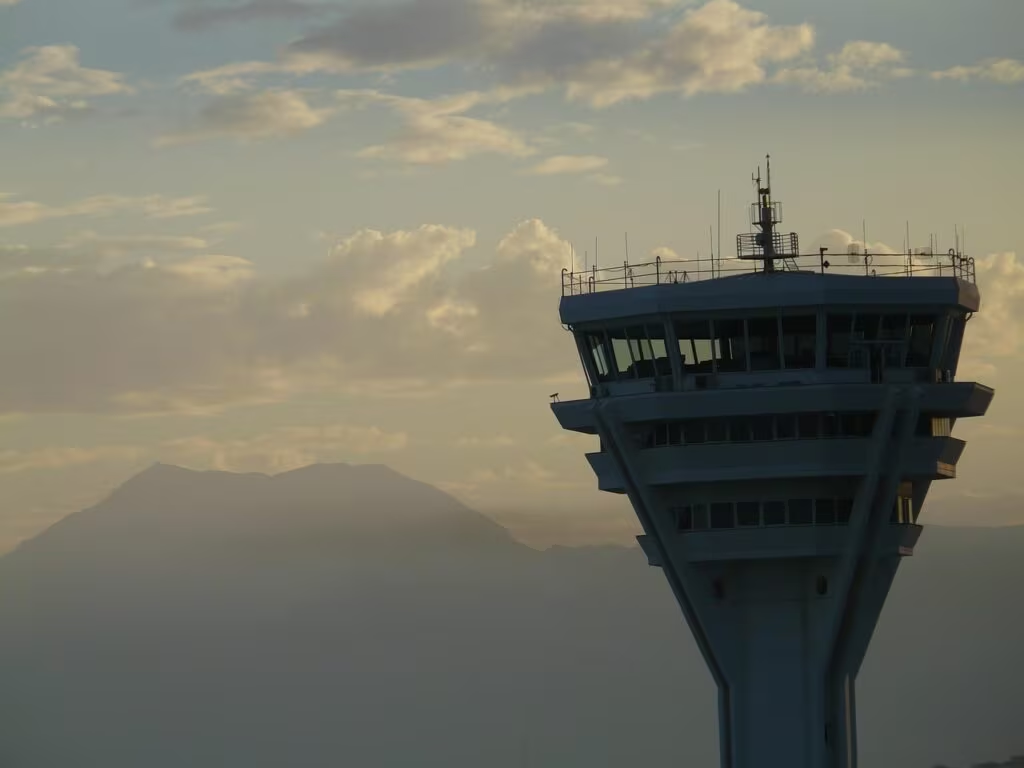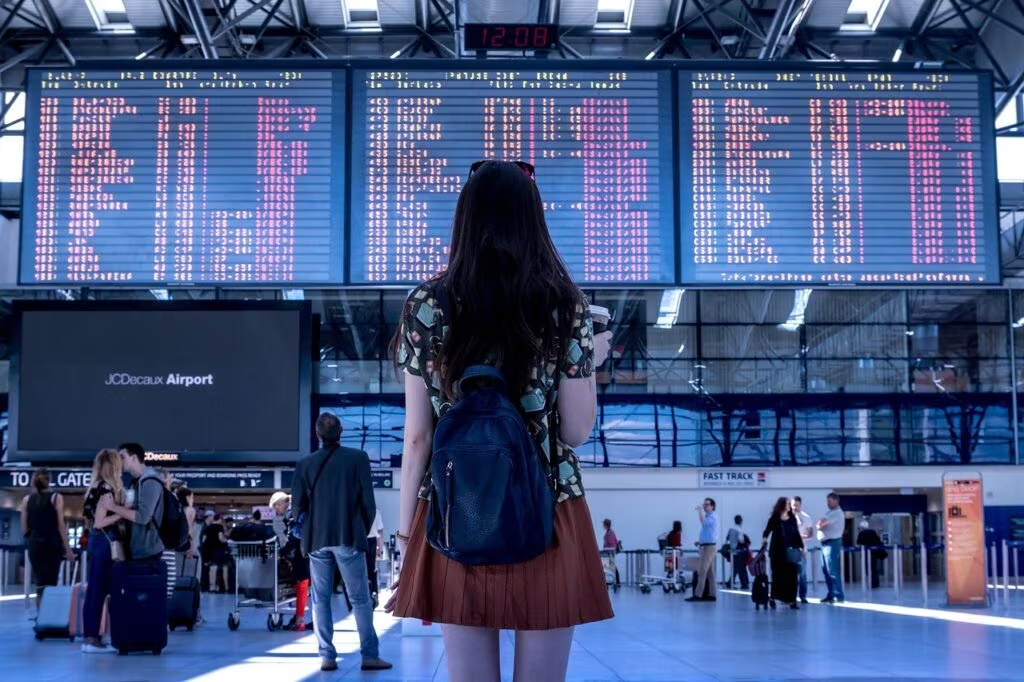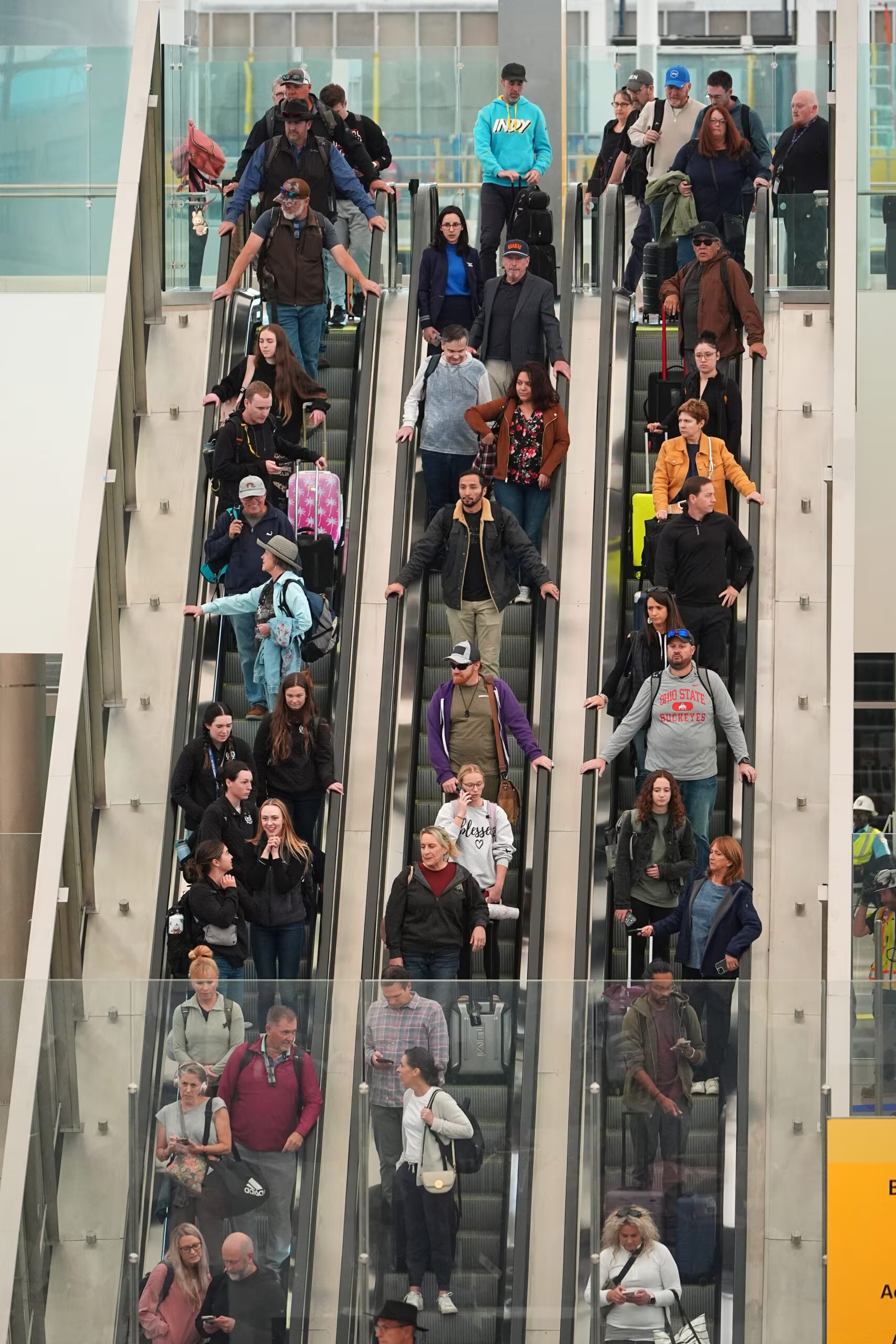Air Travel Crisis: How the Government Shutdown Is Grounding Hundreds of US Flights
The ripple effects of the ongoing government shutdown have landed squarely on the nation’s aviation system, resulting in the cancellation of hundreds of flights across the busiest airports in the United States. Airlines are proactively slashing their schedules, reducing air service capacity as the crucial federal agencies responsible for managing and safeguarding the skies face severe operational constraints.
For millions of travelers, the immediate question is simple: Why does a political stalemate in Washington translate directly into grounded planes and massive delays? The answer lies primarily with the Federal Aviation Administration (FAA), the agency responsible for air traffic control, safety inspections, and system maintenance.
The FAA’s Operational Dilemma: Essential Staff, Crippled Support
The core of the disruption stems from the FAA’s inability to function at full capacity. While the agency’s most critical personnel—the Air Traffic Controllers (ATCs)—are designated as essential employees and are required to work without pay during a shutdown, the lack of funding paralyzes vital support structures.
This situation forces the Air Traffic Organization (ATO) to operate with minimal staffing, leading to mandatory reductions in the number of flights that can safely be handled per hour. When controllers are already working mandatory overtime without guaranteed pay, fatigue becomes a significant safety concern, necessitating reduced operational tempo and, consequently, flight cancellations and ground stops at high-volume hubs.

Key Areas Affected by the Shutdown
The shutdown doesn’t just affect the controllers on the radar scope; it impacts the entire safety ecosystem:
- Air Traffic Controller Training: New controller classes are halted, exacerbating existing staffing shortages. The pipeline of future ATCs is frozen, creating long-term operational risks.
- Safety Inspections: Thousands of non-essential FAA safety inspectors are furloughed. This means routine inspections of aircraft, maintenance facilities, and new aircraft certifications are delayed or stopped entirely, potentially slowing down the introduction of new planes into service and raising concerns about oversight.
- System Maintenance and Modernization: Critical projects, including the ongoing NextGen modernization of the air traffic system, are stalled. While core equipment is maintained, upgrades and non-emergency repairs are postponed, increasing the risk of technical failures.
- TSA and Security: While Transportation Security Administration (TSA) officers are also essential, staffing shortages due to officers calling out sick or quitting—driven by working without pay—lead to longer security lines and delays, further complicating airport operations.
“The decision by airlines to preemptively cut service is a direct reflection of the system’s fragility under stress. They cannot risk the cascading delays that occur when the FAA is forced to operate on a skeleton crew in the busiest airspace corridors,” explained an aviation analyst.
Where the Cancellations Are Hitting Hardest
The flight reductions are concentrated in the nation’s most congested airspace, where even minor delays can quickly spiral into nationwide chaos. Airports that rely heavily on complex sequencing and high-density operations are the first to feel the pinch.
While specific daily numbers fluctuate, the trend shows airlines targeting capacity cuts at major metropolitan hubs to prevent systemic failure. These often include:
- Northeast Corridor: Airports serving the New York area (JFK, LGA, EWR).
- Midwest Hubs: High-volume transfer points like Chicago O’Hare (ORD) and Dallas/Fort Worth (DFW).
- Southeast Gateways: Major centers such as Atlanta Hartsfield-Jackson (ATL).

Airline Strategy: Capacity Reduction
Airlines are not waiting for the FAA to issue ground stops. Instead, they are implementing proactive schedule reductions. This strategy minimizes the financial and logistical fallout of having aircraft and crews stranded far from their home bases. By canceling flights days in advance, they can reallocate resources, protect their operational integrity, and offer passengers more time to rebook.
This move signals a lack of confidence in the government’s ability to quickly resolve the shutdown and restore full FAA functionality.
Essential Advice for Affected Travelers
If you have travel planned during the shutdown, preparation is key. Understanding your rights and having contingency plans can mitigate the stress of potential cancellations or significant delays.
Before You Go:
- Monitor Status Constantly: Do not rely solely on email alerts. Check your airline’s app or website frequently, ideally every few hours, for the most current status of your flight.
- Know Your Rights: Familiarize yourself with the airline’s Contract of Carriage and their specific policies regarding government shutdown-related cancellations. Generally, if the airline cancels the flight, you are entitled to a full refund, regardless of the cause.
- Alternative Routes: Research alternative flights, even on competing airlines, or consider ground transportation options (trains, buses) for shorter distances, especially along the Northeast Corridor.
If Your Flight is Canceled:
- Call, Don’t Wait in Line: If you are at the airport, use the airline’s app or call center to rebook immediately, as phone agents often have more flexibility and access to inventory than gate agents during mass disruptions.
- Be Flexible: If possible, accept a rebooking for a flight a day or two later. Trying to squeeze onto the next available flight might lead to further frustration if the operational environment remains unstable.
- Document Everything: Keep records of all communication, cancellation notices, and any unexpected expenses incurred (though airlines are generally not required to cover lodging or meals for weather or government-related cancellations).
Historical Precedent and the Path Forward
This is not the first time a government shutdown has impacted air travel, but the scale and complexity of the modern aviation system make the current disruptions particularly acute. Past shutdowns demonstrated that while the system is resilient, it operates under immense strain when key personnel are working without pay and support functions are frozen.
In previous instances, the strain on the FAA and TSA eventually led to increased sick calls and early retirements among essential personnel, creating long-term staffing deficits that took years to resolve. The current situation in 2025 risks deepening these structural issues.
The resolution of the flight crisis is entirely dependent on the political resolution of the shutdown. Until Congress and the White House agree on a funding bill, the FAA will remain hobbled, and airlines will continue to prioritize safety and operational stability by keeping capacity low.
The Long-Term Cost
The financial damage extends beyond ticket refunds. Airlines lose billions in revenue, airports lose landing fees, and the U.S. economy suffers from reduced business travel and tourism. More critically, the pause in FAA modernization efforts could set back crucial safety and efficiency upgrades by months or even a year, increasing congestion and operational costs long after the government reopens.
Key Takeaways for Travelers and Businesses
- Cause: The government shutdown has furloughed thousands of non-essential FAA staff, crippling support functions and training, while essential ATCs work without pay.
- Effect: Airlines are preemptively canceling hundreds of flights at major U.S. hubs to prevent system-wide delays caused by reduced air traffic control capacity.
- Impact: The most affected airports are high-volume hubs like JFK, ORD, and ATL.
- Action: Travelers must check flight status constantly, be prepared for delays, and understand their right to a full refund if the airline cancels the flight.
- Outlook: Disruptions will persist until the government fully reopens and the FAA can resume normal operations, including safety inspections and controller training.
Original author: John Seewer
Originally published: November 8, 2025
Editorial note: Our team reviewed and enhanced this coverage with AI-assisted tools and human editing to add helpful context while preserving verified facts and quotations from the original source.
We encourage you to consult the publisher above for the complete report and to reach out if you spot inaccuracies or compliance concerns.

